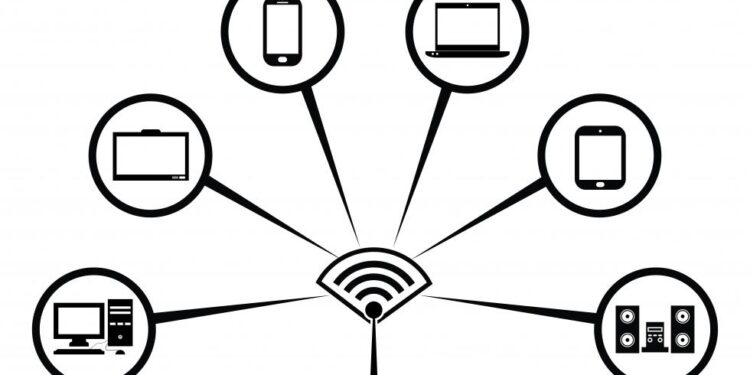The Future of Wireless Connectivity: Trends and Insights
In an era where global interconnectivity is paramount, the demand for wireless communication technologies has skyrocketed, fundamentally altering our methods of interaction, work, and daily living. The swift rollout of 5G networks alongside the surge in Internet of Things (IoT) devices marks a pivotal shift in wireless technology. This article examines the rapidly changing landscape of wireless connectivity technology, which is on the verge of substantial evolution. With numerous innovations on the horizon and an unprecedented need for uninterrupted connectivity, we will investigate the primary catalysts driving this change, emerging trends to watch for, and market forecasts that are set to transform how we communicate. Join us as we explore these advancements that signal a new chapter in global connectivity.
Trends Influencing Wireless Connectivity Technology
The transformation within wireless connectivity technology is being shaped by several pivotal trends that redefine our interactions with devices. A major advancement is represented by 5G networks, which offer enhanced speeds and reduced latency—improving everything from mobile internet experiences to IoT applications across various sectors such as healthcare, automotive industries, and manufacturing processes. Furthermore, developments in Wi-Fi 6 are optimizing connections even in densely populated areas by ensuring peak performance under high-demand conditions.
A growing focus on sustainability within this sector also stands out as a significant trend. Companies are increasingly committed to developing energy-efficient devices aimed at minimizing carbon emissions while maximizing functionality. Additionally, incorporating Artificial Intelligence (AI) into network management enhances bandwidth distribution and overall connection quality. As organizations implement advanced machine learning techniques, we can anticipate smarter networks capable of adapting to user requirements while forecasting service demands—ultimately fostering a more robust and efficient wireless environment.
Strategic Insights for Navigating Market Changes
The ongoing transformation driven by wireless connectivity necessitates a deep understanding among businesses and investors alike regarding market intricacies. This evolving landscape presents both opportunities and challenges, requiring strategic planning from key industry players:
- Pioneering Technological Innovation: Continuous advancements in technologies like 5G, Wi-Fi 6, and IoT require sustained investment in research & development to maintain competitive advantages.
- Cultivating Partnership Networks: Collaborations among tech firms, telecom providers, and regulatory agencies can enhance service offerings while improving market reach.
- Navigating Regulatory Frameworks: Compliance with local as well as international regulations ensures sustainable growth while safeguarding brands against potential legal issues.
The dynamics within this market are further shaped by shifting consumer expectations alongside an increasing appetite for seamless connectivity solutions. Businesses should consider these trends when refining their strategies:
| Tendency | Efficacy |
|---|---|
| Demand Surge for High-Speed Connections | Sparks innovation along with infrastructure investments. |
| Evolving Remote Work Solutions Market | Broadens opportunities for dependable wireless services. |
Aiming at these insights allows organizations to adeptly navigate complexities inherent within this evolving marketplace—positioning themselves effectively as frontrunners in the realm of wireless communication technology.
Recommendations for Stakeholders Seeking Competitive Edge
Succeeding amidst rapid changes within the realm of wireless communication requires stakeholders to prioritize investments into. Such dedication not only fosters innovation but also lays down solid groundwork necessary for next-generation technological advancements.
By forming alliances with academic institutions or tech incubators companies can tap into fresh ideas along with emerging talent pools.
Moreover understanding consumer preferences through thorough
Additionally stakeholders must adoptwhile enhancing operational efficiency.
Implementing eco-friendly technologies not only diminishes carbon footprints but resonates positively amongst environmentally aware consumers.
The following strategies may prove advantageous:< / p >
- Embrace energy-efficient devices alongside infrastructure upgrades< / li >
- Utilize sustainable materials throughout production processes< / li >
- Engage actively corporate social responsibility initiatives< / li >
Cultivating a robustby transparently communicating these efforts publicly aids differentiation from competitors.
Leveraging social media platforms coupled digital marketing strategies enables direct engagement consumers creating loyal customer bases valuing both innovation ethical practices alike .< / p >






























